Ever wondered where luxury Givenchy tote bags are made? It’s not just about the label or design. These bags are made in several places, each known for fine craftsmanship. Italy is famous for its leather, while Hungary is home to skilled artisans. Each location adds its unique touch to these timeless bags. But there’s one surprising detail in the production process that often goes unnoticed.
Brand History of Givenchy Tote Bags
Givenchy was founded by Hubert de Givenchy in 1952. It quickly became a symbol of Parisian elegance. Born into an aristocratic family in Beauvais, France, Givenchy’s passion for fashion led him to open his own maison at just 24 years old. The brand gained global fame when Givenchy began designing for Audrey Hepburn, creating timeless looks for films like Breakfast at Tiffany’s.
Givenchy is known for its sophisticated and timeless designs. The brand’s collections stand out for their innovation and versatility. Early pieces featured separates in shirting cotton, which caught the attention of fashion enthusiasts. Unlike designers like Christian Dior, Givenchy’s work added a fresh, modern twist to the fashion world.
Today, Givenchy remains a luxury brand that combines classic elegance with contemporary style. It appeals to celebrities, fashion lovers, and high-profile figures worldwide. The brand continues to be a major force in both haute couture and ready-to-wear fashion.
Production Locations
Givenchy tote bags are made in several well-known locations recognized for their high-quality bag craftsmanship.
| Country | Description |
|---|---|
| Italy | Italy is the main production hub for Givenchy tote bags. It is famous for its high-end leather craftsmanship and attention to detail. |
| Hungary | Hungary is a key production center for Givenchy, contributing to its global manufacturing network. |
| Romania | Romania also manufactures some of Givenchy’s high-quality products. |
| China | While less common for luxury bags, some Givenchy products are made in China, mainly for more affordable collections. |
| Portugal | Portugal produces specific Givenchy items, such as linen shirts, and is part of the overall custom bag production network. |
Givenchy’s production locations may vary depending on the model and collection, but no matter where the tote bag bulk products are made, the brand watches over every step of the process like a meticulous guardian, ensuring strict quality control at each site to uphold its luxury standards.
Italy’s Givenchy Tote Bags factory
Givenchy tote bags are made in Italy bag factory, mainly in the Tuscany region, which is known for its leather craftsmanship. The main production facility near Florence covers 15,000 square meters and employs about 200 skilled artisans. It can produce up to 500 tote bags daily, totaling around 100,000 units each year.
At Givenchy, our commitment to craftsmanship and quality is at the heart of everything we do. In addition to our main facility in Florence, we proudly operate smaller workshops in Milan and Rome. These workshops specialize in unique techniques and limited-edition collections, each staffed by 50-75 skilled artisans who produce 50-100 tote bags daily, depending on the intricacy of the designs.
Quality control is a cornerstone of our Italian production sites. Every Givenchy tote bag undergoes multiple inspections to ensure it meets our high standards before receiving the final “Made in Italy” stamp. We source materials locally, including premium leather from Italian tanneries, to enhance the authenticity and quality of our products.
While the majority of our tote bags are crafted in Italy, we occasionally produce special editions or collaborations elsewhere. These instances are rare, as we remain deeply committed to Italian tote bag craftsmanship for our core tote bag lines. At Givenchy, we take pride in delivering exceptional quality and timeless elegance in every piece we create.
Hungary’s Givenchy Tote Bag Production Line
Hungary plays a key role in the production of Givenchy tote bags. The brand has a factory in Budapest, employing about 300 skilled artisans. This factory specializes in making leather goods and accessories, focusing mainly on tote bags and small leather items. Each year, the facility produces 50,000 to 60,000 units, contributing significantly to Givenchy’s global production.
The Hungarian tote bag factory and Bag Assembly Line is known for its leather craftsmanship, with artisans trained to meet Givenchy’s high standards. They blend traditional techniques with modern technology to create tote bags that meet the brand’s specifications. Givenchy sources materials locally, supporting the local economy and ensuring a steady supply of high-quality materials. The factory produces popular models like the G-Tote and Antigona, as well as seasonal and limited-edition bags. Hungary’s central location ensures efficient distribution to markets across Europe and beyond.
Romania’s Givenchy Tote Bag Manufacturer
Romania has been an important location for Givenchy’s production, especially for luxury goods like tote bags. One notable site was the Selezione garment factory in Brașov. This factory played a crucial role in manufacturing for Givenchy and other luxury brands. Before closing in 2023, it employed over 150 workers known for their skilled bag craftsmanship.
Why Romania Was Attractive?Romania’s lower labor costs compared to Western Europe made it a popular choice for luxury brands like Givenchy. However, recent changes, like the rise in the national minimum wage, have increased production costs. As a result, some luxury brands have started to adjust their operations or move production to other countries.
Effects of Factory Closures
In 2023, when the Selezione factory closed, it felt like a punch to the heart of the community in Brașov. I remember talking to a few locals who had worked there for years. They shared how it wasn’t just a job, it was a part of their lives. Many families had to adjust to the sudden loss of income, and businesses in the area also felt the pinch.
But Romania is still an important part of Givenchy’s global network. Even though the factory closure hurt, the brand has continued to rely on other countries like Italy and Hungary for production. It was tough, but I could see that the strength of the brand’s diverse manufacturing capabilities helped keep things afloat. It’s a reminder that sometimes, even in the face of challenges, there’s still a way forward.
The closure of the Selezione factory in 2023 had a big impact on the local economy. The loss of jobs and the resulting disruptions have affected the community in Brașov. Despite these challenges, Romania remains part of Givenchy’s global bag production network, helping the brand maintain its diverse manufacturing capabilities, alongside countries like Italy and Hungary.
China’s Givenchy Tote Bags Made Capabilities
Givenchy’s tote bags are made in China, where the brand works with factories in key provinces. These factories have advanced machinery and maintain strict quality control to ensure the brand’s high standards.
| Province | Factory Size | Number of Workers | Factory Area | Monthly Production |
|---|---|---|---|---|
| Guangdong Province | Large | 500-1000 | 20,000-30,000 square meters | 50,000 tote bags |
| Zhejiang Province | Medium-sized | 300-500 | 15,000-20,000 square meters | 30,000-40,000 tote bags |
| Fujian Province | Small | 200-300 | 10,000-15,000 square meters | 20,000-25,000 tote bags |
Givenchy’s decision to produce in China allows for cost-effective bag bulkproduction while still maintaining high quality. The country’s skilled workforce and established leather goods industry play a major role. However, the brand continues to produce its most exclusive, high-end pieces in Italy and France.
Tote Bag Manufacturing Process
Givenchy tote bags are made in Italy bag factory, with some production also taking place in Hungary and Romania. The brand follows strict quality controls to ensure that every bag meets luxury standards, no matter where it’s made.
| Step | Description |
|---|---|
| Design and Prototyping | The design process starts in Paris, where Givenchy’s team sketches and creates prototypes for the tote bags. |
| Pattern Making and Material Sourcing | Once the design is finished, patterns are made, and high-quality materials(test by CPSC) are selected to ensure the bags are well-built. |
| Cutting of Leather and Fabric | Skilled artisans or machines cut leather, fabric, and other materials to match the design. |
| Assembly and Stitching | The parts of the bag are carefully put together, with visible stitching often done by hand and internal seams machine-stitched. |
| Adding Hardware | Zippers, clasps, and other metal parts are added for both function and design. |
| Attaching Handles and Straps | Handles and straps are attached to make the bag durable and comfortable. |
| Quality Control Inspections | Each bag is inspected to meet Givenchy’s high quality standards. |
| Finishing Touches and Packaging | Finally, the bag is given finishing touches, like embossing or debossing, and then carefully packaged for delivery. |
Summary
In the end, the journey of a Givenchy tote bag is about more than just where it’s made. It reflects craftsmanship, dedication, and timeless elegance. Each bag, whether from Italy, Hungary, Romania, or China bag factory, tells a story of skilled artisans and careful processes. Every stitch shows Givenchy’s commitment to luxury, quality, and lasting style.

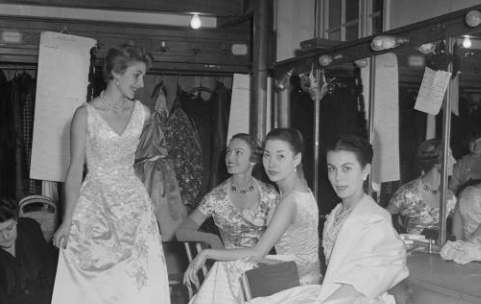
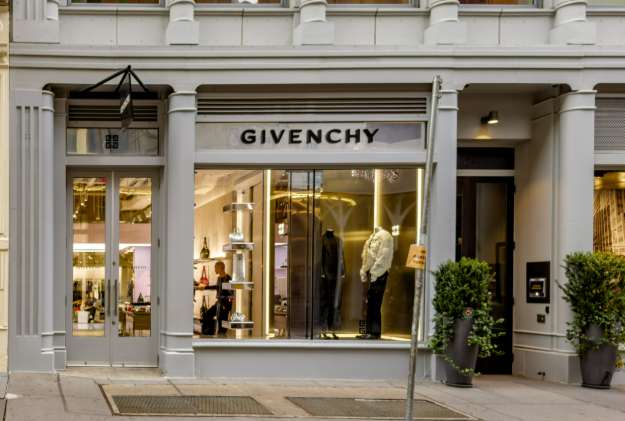
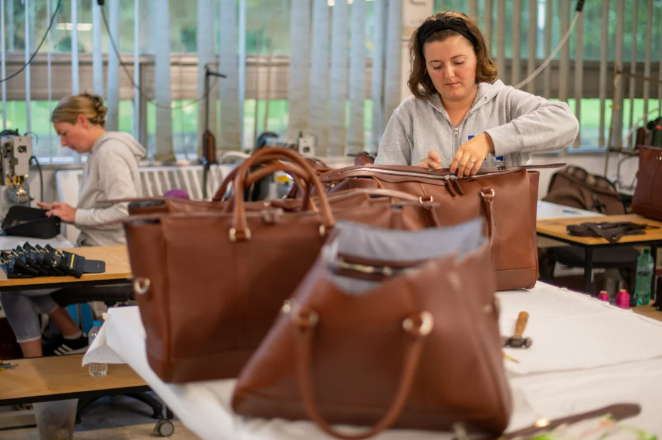
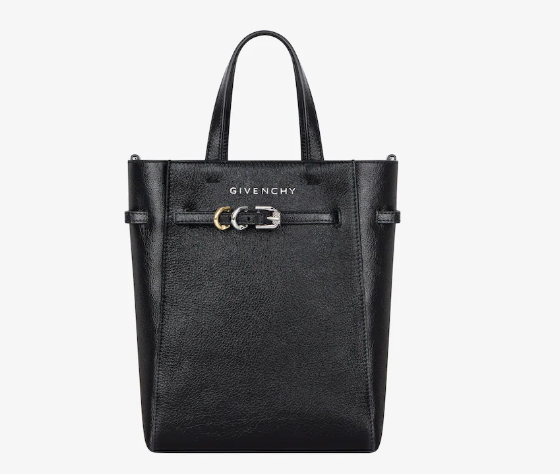
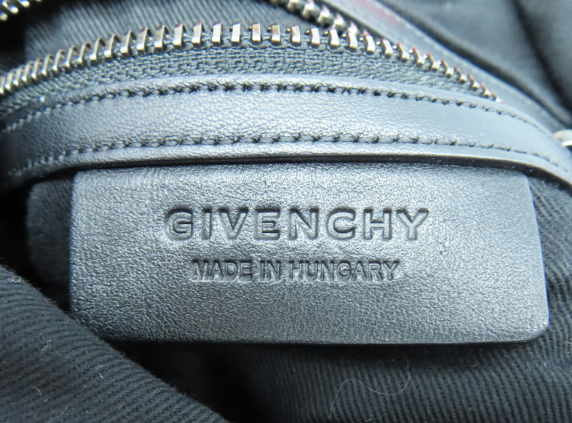
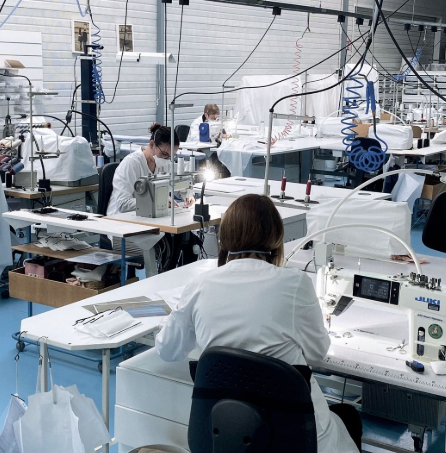
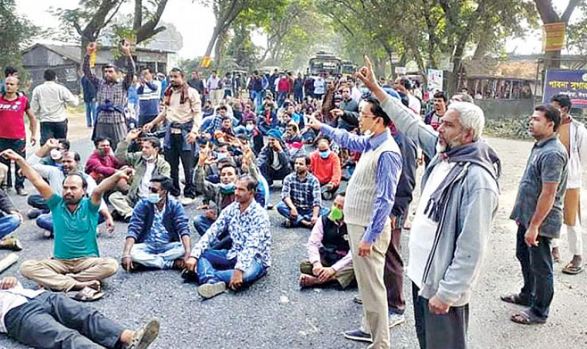
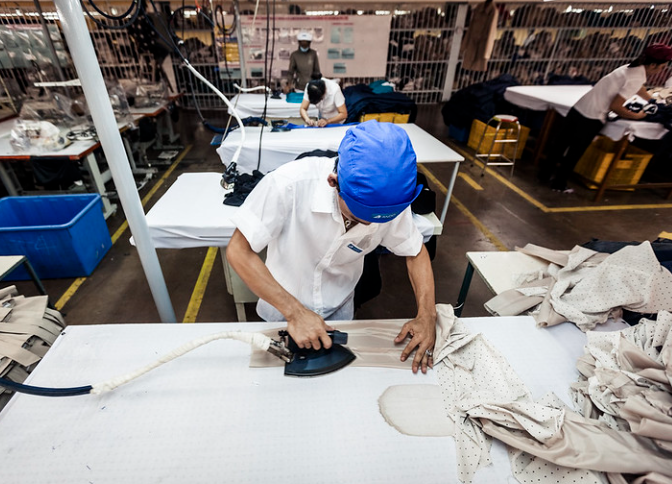
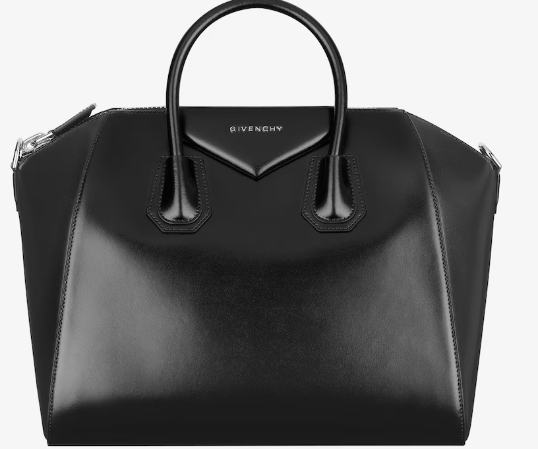
Recent Comments